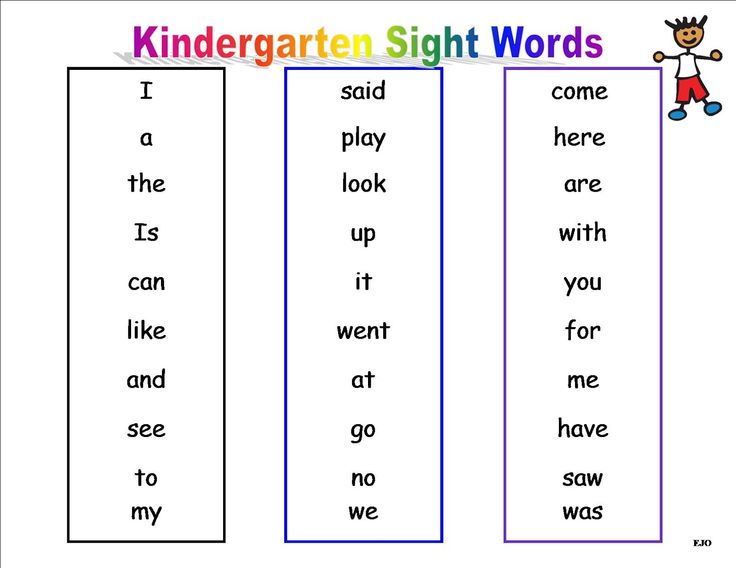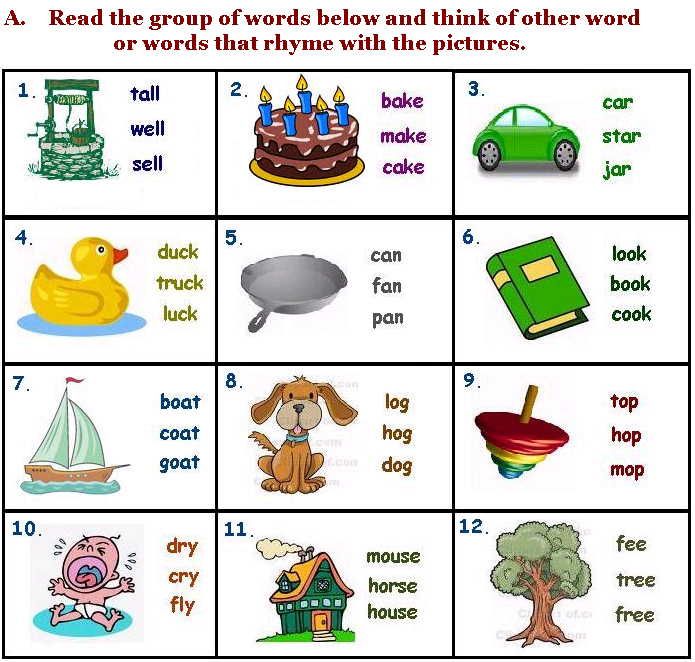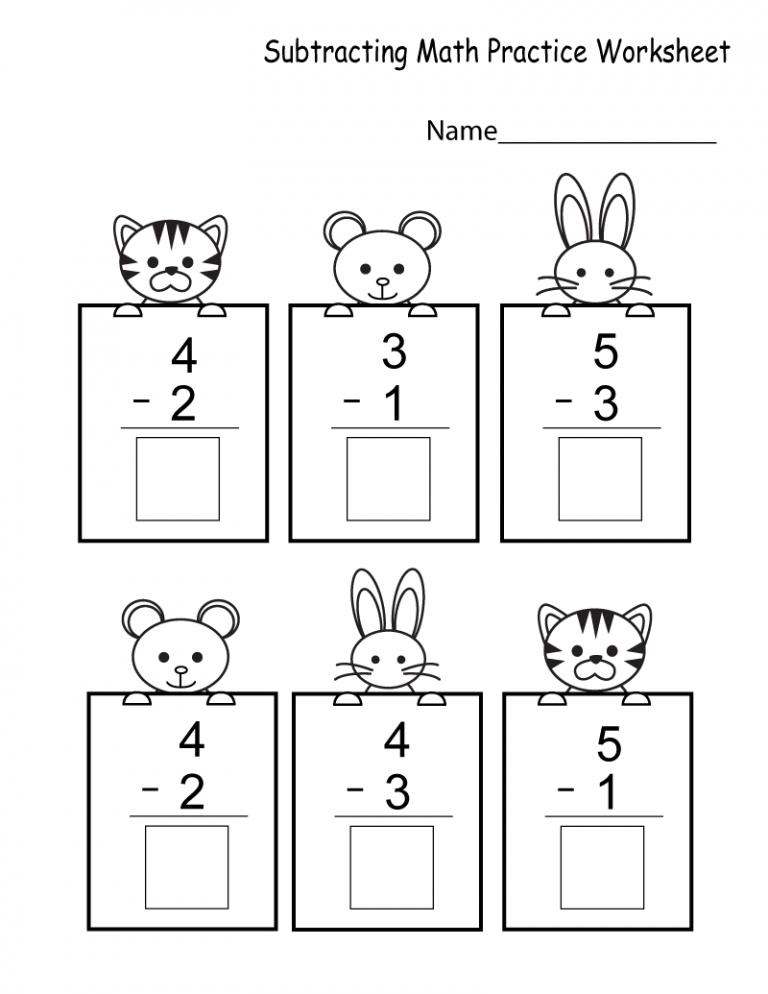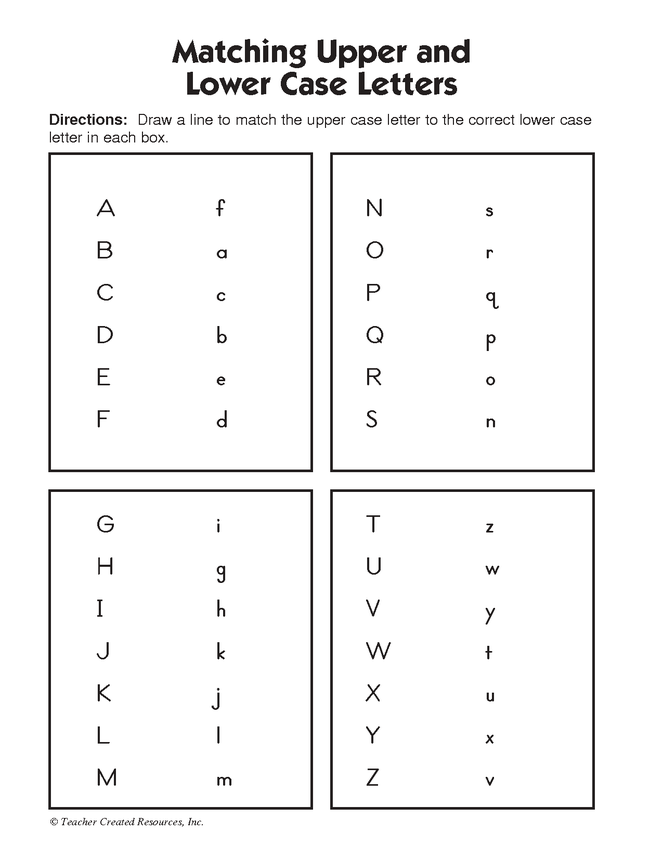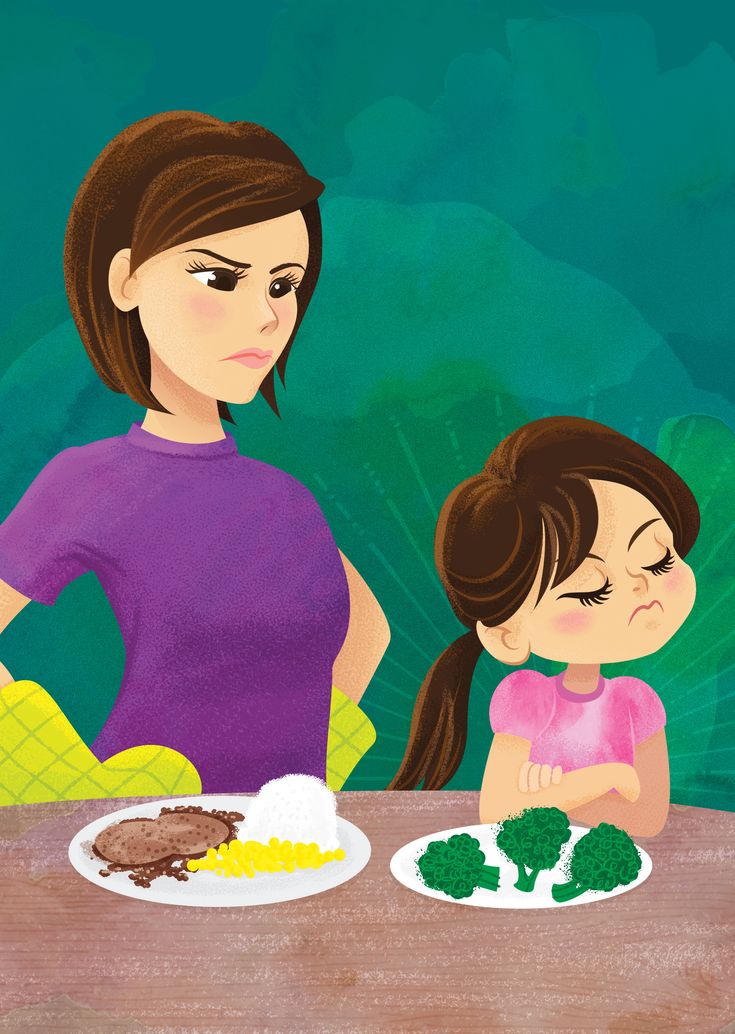Family ritual examples
41 Family Rituals That Teach Responsibility, Positivity, Kindness
Every night at bath time, my three-year-old daughter chooses five bath toys, and we take turns tossing them into the tub. “CANNONBALL!” we shout.
Once all the toys are in the water, I turn to my daughter. “Hmm…something’s missing. What is it?”
She grins, jumping up and down. “Me! Me! Me!” she chants, until I scoop her up and put her in the tub.
It may sound silly, and it’s certainly very simple, but this is one of our family rituals. This one-minute ritual brightens our moods, strengthens our bond, and even makes my daughter look forward to bath time each evening.
You probably have several family rituals and traditions of your own, perhaps without even realizing it. But if you don’t have any yet, or if you’d like to create some new ones, read on for family rituals and traditions ideas and inspiration!
Before you continue, we thought you might like to download our FREE Personal & Family Values. This printable provides a great opportunity for your family to explore and identify values that can help guide you and your children in making the right choices.
What are family rituals?
It’s sometimes difficult to distinguish between rituals and routines. According to psychologist Barbara H. Fiese, rituals and traditions symbolically communicate the idea that “this is who we are” as a group, providing continuity in meaning across generations.
On the other hand, routines are a way of communicating, “This is what needs to be done.”
For example, bathing your child at 7:00, followed by bedtime at 7:30, is a routine. But if you incorporate personalized moments like a special kiss, handshake, or song, you can transform the routine into a meaningful ritual.
Why are family rituals important?
Rituals allow families to slow down and connect, and they’re associated with all sorts of powerful benefits.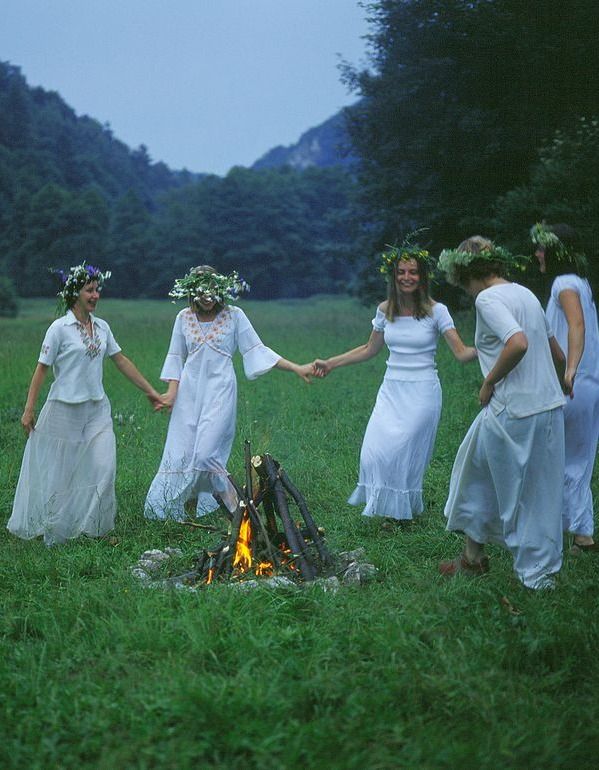
Fiese and her colleagues at Stanford conducted a review of 50 years of research on family rituals and traditions, published in the American Psychological Association’s (APA) Journal of Family Psychology.
According to the review, both family routines and rituals provide stability and are associated with adolescents’ sense of personal identity, children’s health, academic achievement, and marital satisfaction.
Maintaining these routines and rituals even during times of transition like divorce can lower levels of conflict and help children adjust to change, protecting them from the proposed risks of nontraditional families.
If you’re interested in starting some family rituals (or adding to your current list), take a look at the 41 best examples of family rituals and traditions below.
Family rituals that teach responsibility
Rituals can be a fun way to teach your child responsibility.
1. Assigned Tasks - For example, assign each family member a specific task when setting the table: one family member clears the table, another sets out napkins, one distributes silverware, and a fourth lights some candles.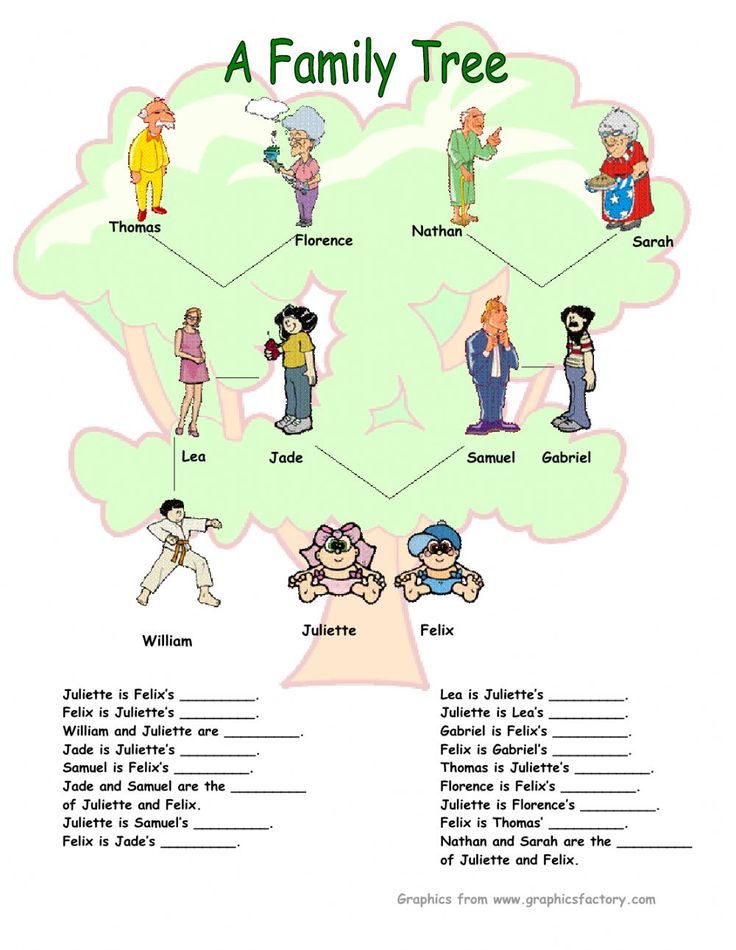
You can do the same when preparing breakfast, lunch, or dinner, perhaps to the sounds of our “Love Yourself Mix” on Spotify.
The word “chore” has a negative connotation, but you can make chores a positive family ritual that teaches responsibility.
In many cases, kids don’t mind helping out - it makes them feel special and capable! And family chores can teach your child that your family is a team that operates best when they contribute.
2. Rotating Chores - For instance, have a rotating chore chart on a whiteboard that changes each Sunday. Or you could write a variety of chores on Popsicle sticks, then have each family member draw a stick or two to determine their chores for the week.
3. Designated Chore-Time - Designate a particular time each week (usually Saturday or Sunday afternoon) when the entire family comes together to clean the house. You can play music, talk, laugh, dance around - but the chores must get done!
4. Collaborative Projects - Finding projects that the entire family can collaborate on is also a lot of fun, whether you are shelling peas, doing one of the activities from painting a wall, or constructing a crib for an upcoming addition.
Collaborative Projects - Finding projects that the entire family can collaborate on is also a lot of fun, whether you are shelling peas, doing one of the activities from painting a wall, or constructing a crib for an upcoming addition.
These rituals show your children that hard work can be fun, and they’ll learn about responsibility from a young age.
Rituals that promote kindness and compassion
Rituals like loving-kindness meditation and volunteering as a family can teach your child the importance of kindness and compassion.
5. Loving Kindness Meditation - It involves thinking of loved ones and sending them positive thoughts or “good-hearted wishes.” You can eventually expand the positive thoughts to more neutral people in your life as well.
The four traditional phrases are, “May you feel safe. May you feel happy. May you feel healthy. May you live with ease.” But the exact well-wishes your family uses aren’t important; it’s about generating feelings of kindness and warmth.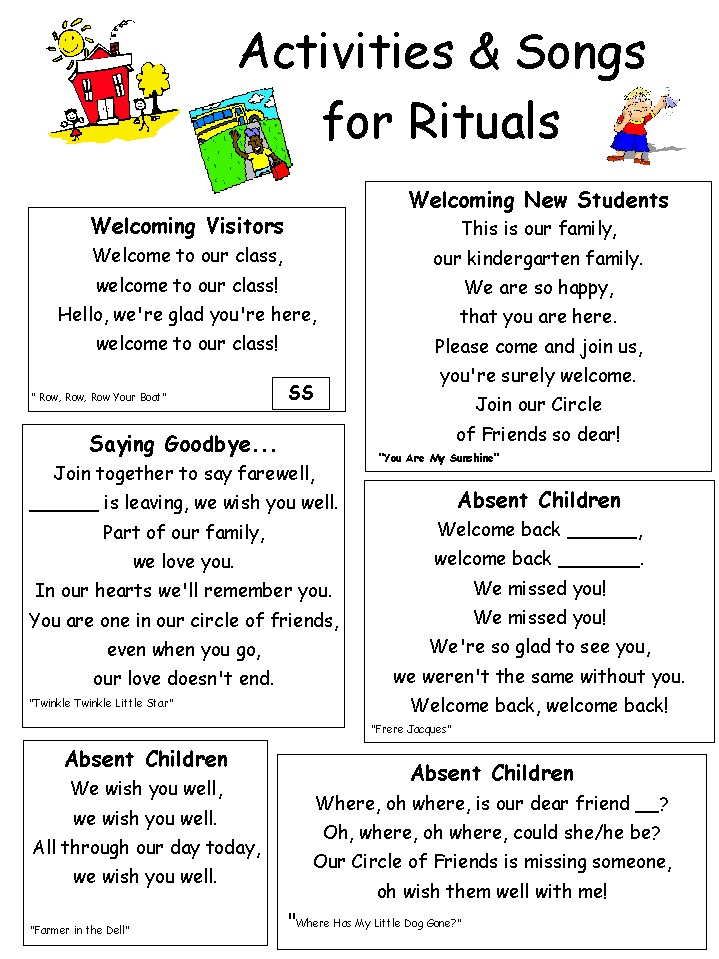
Research shows that loving-kindness meditation results in increased mindfulness, purpose in life, and positive social behaviors, like generosity.
6. Family Volunteering - Find a place you’d like to volunteer as a family, such as a nursing home, an animal shelter, or a soup kitchen.
Alternatively, have your children help with projects like donating food, clothing items, school supplies, or toys.
When you volunteer as a family, you set a great example for your children and teach them to demonstrate compassion and kindness.
Rituals that boost positivity
Try the suggestions below to help your family de-stress, reflect, and ultimately boost positivity.
7. Family Cuddle Time - Kelly Holmes, the author of Happy You, Happy Family, found an after-school/after-work ritual that helps her family slow down and spend genuine quality time each day. Every day when her family arrives home, they pile into bed together and cuddle for five minutes.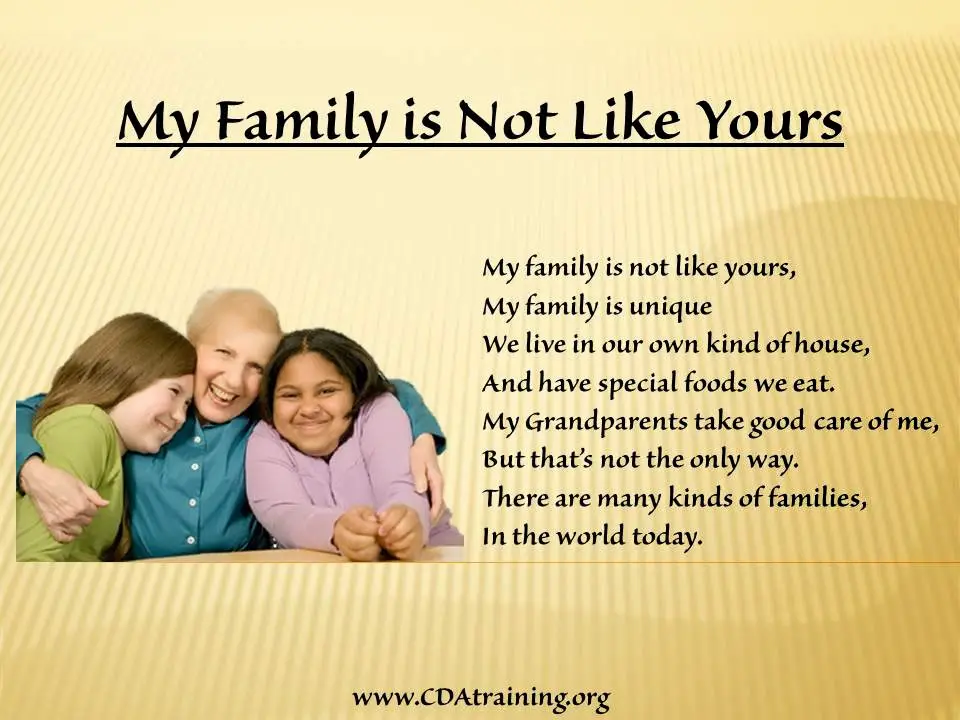
They call it “family cuddle time” or “cozy up in bedtime.” They spend the five minutes cuddling, talking, and laughing together as a family.
As a result, their evenings are happier and less stressful. Family members laugh more, help more, and argue less.
8. Reflecting on the Day - Another element of family cuddle time is discussing each family member’s day. However, this can be incorporated into just about any ritual, including dinner and bedtime rituals.
Sometimes, talking to your kids about their day isn’t easy. They may be hesitant to share or dismissive of your questions. Use the following tips to make the most out of this ritual:
- Make sure you’re not using “yes” or “no” questions. Instead, ask questions that begin with “how” or “why.”
- Make the questions fun! It shouldn’t feel like a test, and your child shouldn’t feel put on the spot.
- Listen to your kids instead of guiding them to give any particular answer. If your child responds with, “I don’t know,” explain that there’s no right or wrong answer to your question.

Family sharing rituals can also be more specific, like having everyone say one thing they’re grateful for at Sunday dinner or sharing one success and one challenge each day.
9. “High, Low, and Buffalo” - Another idea is “High, Low, and Buffalo” as suggested by Audrey Monke, summer camp director and mother of five. Each family member shares the high point of their day, the low point of their day, and a buffalo (anything else they would like to share).
Open communication, laughter, and understanding will promote positivity that brings your family closer.
Rituals that build a strong family connection
Bedtime and dinnertime rituals are among the best ways to foster connection with your family members.
Bedtime rituals give you a chance to connect with your children and help them relax before they go to sleep. You may want to try some of the ideas below, or a combination.
10. Massage - If your child responds well to touch, end each evening with a calming massage before bed.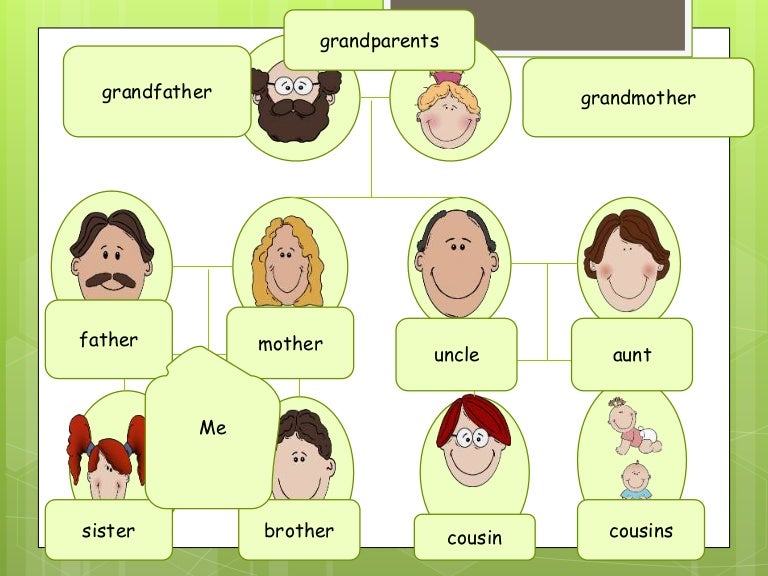
11. Songs - Choose a few favorite songs to use as “goodnight songs,” or have your child pick a song each night.
12. Stories - As with songs, you may have a few favorites that you use each night, or you can allow your child to choose nightly. Pull a few selections from our list of Top 85 Growth Mindset Books for Kids. And to foster their creative skills, ask your children to choose three objects or characters, then ask them to tell you a story based on their selections.
13. “Goodnight, Nose!” - Bedtime rituals can also be something silly, like saying, “Goodnight, nose!” while tweaking your child’s nose, then, “Goodnight, toes!” while gently tickling her toes, and so on, saying goodnight to various parts of your child’s body.
14. Love List - When you tell your child goodnight, you can say, “Mommy loves you. Daddy loves you. Grandma loves you,” going through a list of the many people who love and accept your child.
Dinnertime rituals are very powerful. Shared family dinners are associated with academic achievement, improved moods, and lower depression and anxiety rates. They’ve also been shown to decrease the likelihood of high-risk teenage behaviors like drinking, drugs, violence, and sexual activity.
15. Sharing Time - Take turns going around the table and sharing about your day each evening.
16. Shared Tasks - Have each family member contribute something to dinner preparation, making meal prep a shared endeavor.
17. Take Turns - Take turns choosing your favorite meals based on a schedule, random drawings, or specific achievements.
18. Theme Dinners - Have weekly “theme” dinners, like Taco Tuesday, Pizza Fridays, Sunday Sundaes, etc. These are even more fun if you incorporate a toppings bar and let each family member personalize their tacos, pizza, or sundae.
19. Sample New Foods - Sample dinners from different cultures each month or try (and rate) different cheeses as appetizers. Maybe you even have a special family blessing you say each night or a dessert you make when someone in the family reaches a major goal or achieves something awesome.
Maybe you even have a special family blessing you say each night or a dessert you make when someone in the family reaches a major goal or achieves something awesome.
It doesn’t matter how complicated or simple your rituals are - the point is that they make dinner a memorable and meaningful time for your family to connect.
Don't forget to download our FREE Personal & Family Values. These colorful and easy-to-use cards will help guide you and your family in making the right choices.
Rituals that develop a sense of belonging
The best rituals also give children a sense of belonging and acceptance. This can be accomplished with something as simple as a special greeting or farewell.
20. Special Greetings/Farewells - For instance, say, “See you later, alligator!” while your child responds, “After a while, crocodile!” Alternatively, you say goodbye to your child with a “kissing hand,” as in the popular children’s story A Kissing Hand for Chester Raccoon.
21. Special Handshakes - Have a personalized handshake with each of your children, making them feel unique and special.
Even these brief rituals demonstrate that your child is a cherished part of something special: your family.
Holiday rituals and unique family events also send the message that your family is a unit and that your child is an accepted and important member of this unit.
If your family celebrates Christmas, try the following:
22. Hayride - Go on a hayride each year, perhaps around a Christmas tree farm where you pick out your tree annually.
23. Christmas Lights - Drive around the neighborhood marveling over the Christmas lights, then vote on the best-decorated houses.
24. Decorating the Tree - Decorate the tree while listening to carols, then eat bowls of chili by the fireplace.
25. Ornament Traditions - Each year you can make ornaments with your children, or you buy a special ornament symbolizing something that happened that year.
26. Reindeer Food - You can leave cookies out for Santa and celery and carrots for the reindeer too.
If you celebrate Hanukkah, consider the following ideas:
27. Personalized Latkes - Make customized latkes with ingredients that your children select.
28. Dreidel - Play dreidel with jelly beans or other candies, making it more personalized and exciting for your children.
29. Songs - Sing Hebrew songs, particularly any family favorites or songs that hold significance to you and your family.
30. Act - Act out stories like the story of the Maccabees, complete with fake swords.
New Year’s is a great time for reflection on the year, and these rituals can help you take a look back:
31. Family Videos - Watch family videos or a slideshow of pictures to reflect on the year, laugh and discuss your best family moments.
32. Show Gratitude - Keep a “Gratitude Jar” throughout the year. Any time you’re especially grateful for something, write it on a slip of paper and put it in the jar. You can then review the slips of paper at the end of the year, creating a warm and positive transition into the new year.
33. Birthday Songs - A birthday ritual can be as simple as a special birthday song that you sing.
34. Personalized Cake - Make a special cake for each family member’s birthday (their favorite kind, of course).
35. “Anything Goes” Breakfast - Or perhaps on birthdays, your kids can eat anything they want for breakfast, even cupcakes or ice cream!
36. Invent Family Holidays - In my family growing up, we had Mother’s Day, Father’s Day, and “Kid’s Day,” an invention of my dad’s. He would give us cards and take us to do something special. Usually, this culminated in a trip to the Dairy Queen, then eating the blizzards in a fort in our backyard.
Unique family events, like the following, promote a sense of belonging as well.
37. Weekly/Monthly Theme Nights - You might want to try introducing a theme night that your family does weekly or monthly, like Board Game Nights or Movie Nights. For movie nights, check out our list of 75 growth mindset movies for kids.
Set up specific rituals related to these nights. For instance, a different family member chooses the game or movie each time. Perhaps Movie Night is always accompanied by popcorn, and Board Game Night typically means pizza. Maybe the whole family wears pajamas and drinks hot chocolate.
38. Sunday Morning Pancake Breakfasts - If every Sunday seems like too much, have a special pancake breakfast on the first Sunday of every month.
39. Monthly Nature Walks - Use our Brain-Building Nature Crafts printable to make your nature walks even more fun.
40. Favorite Restaurants - For instance, eat pizza at the same local restaurant after every soccer game.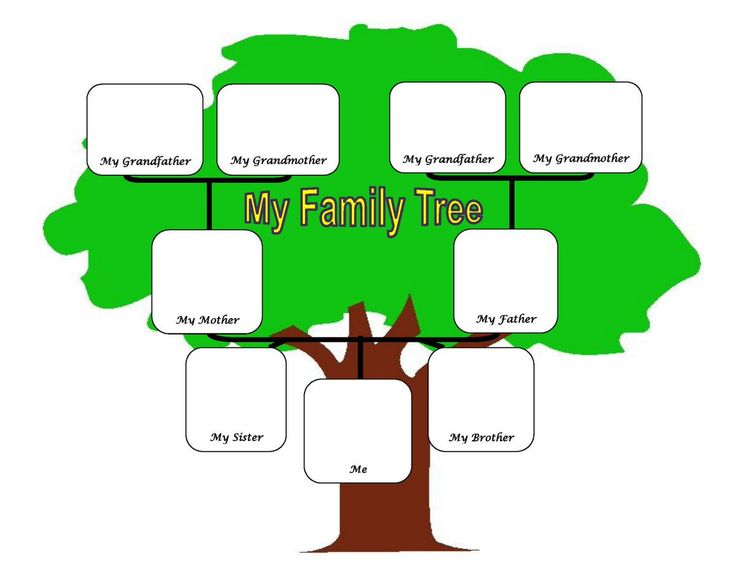
41. Living Room “Camp-Outs” - “Camp out” in the living room monthly or every so often. You can build a tent, make microwave s’mores, tell stories, use flashlights to create shadow puppets, and so on.
Remember that creating a real family ritual means sticking with it. So think of something that every family member would enjoy - and that won’t be much of a hassle to carry out consistently.
Be sure to check out our Growth Mindset Conversation Cards to help build family connections. This beautifully illustrated deck of cards offers 52 interesting questions to help kids and grown-ups share thoughtful discussions about growth mindset, kindness, resilience, gratitude, and more.
30 simple family ritual ideas to bring your family closer
Sharing is caring!
We know how finding quality time is essential to maintain a strong connection in all relationships.
I believe in intentional parenting and I want to fill my children’s life with as many happy memories as possible.
If you are reading this post, I know you would like to build a stronger connection by doing fun-filled activities with your family.
WHAT ARE FAMILY RITUALS? WHY ARE THEY IMPORTANT?Family rituals are activities that you do repeatedly on a consistent basis. Family rituals need not be anything complicated and not always involve money.
For example, you might be having a ritual of morning snuggles every day or a special handshake or gestures that you do with your family that no one else knows.
If you have a movie night every week, it’s another family ritual.
The benefits of creating family rituals are:- Stronger bond between family members: By engaging in activities of common interest, you share quality time with each other. There is an opportunity for a lot of face-to-face interactions and conversations, share disappointments, etc.
- You get more time with each other. A common complaint of families is that they don’t get time to spend with each other.
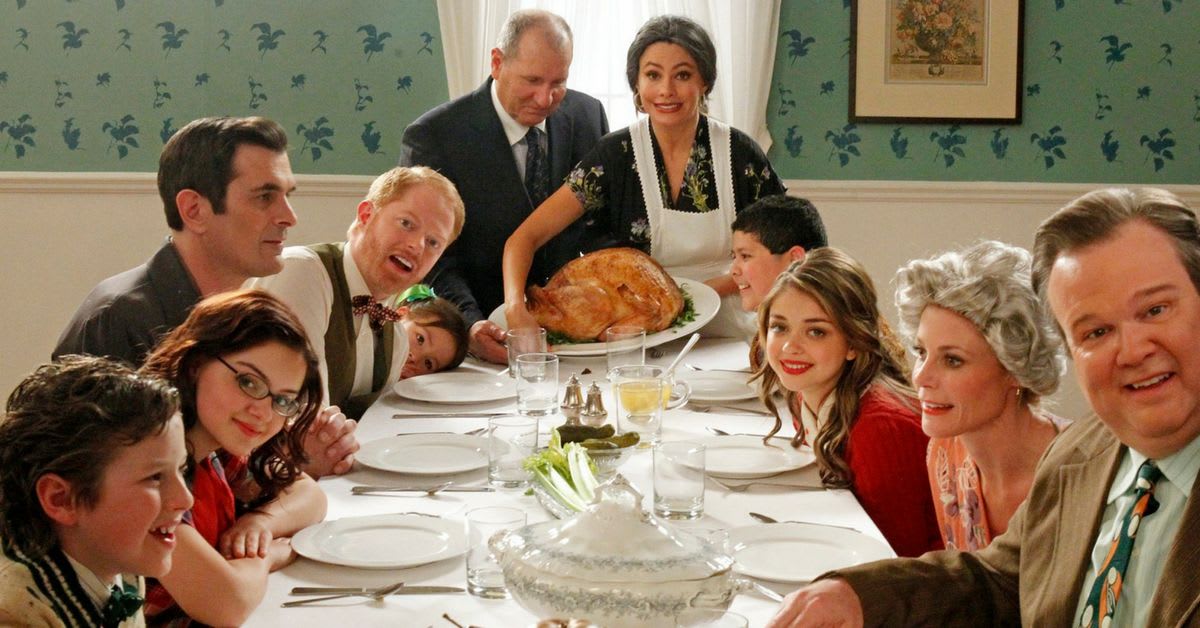 We all are busy and given a chance we would like more time for the things we want to do for ourselves, especially parents. But when you create family rituals, you are intentionally creating time for each other. When it is a ritual, it is a non-negotiable thing.
We all are busy and given a chance we would like more time for the things we want to do for ourselves, especially parents. But when you create family rituals, you are intentionally creating time for each other. When it is a ritual, it is a non-negotiable thing. - Teach values: What are the set of core values you want to pass onto your children? Create traditions and rituals around it. By doing the rituals, they are not only hearing, but also seeing and experiencing. Hence, children get the message imprinted on their minds easily. And it also helps to put things in practice. For example, instead of saying “be grateful”, you can create the ritual of writing thank you notes every other month or on special days to put it into practice.
- Creates a sense of safety and belonging in children: When they have bedtime rituals, weekend rituals, or summer traditions, they can be comfortable about the stability in their life. And when they engage in family traditions, they know they matter and that they belong.
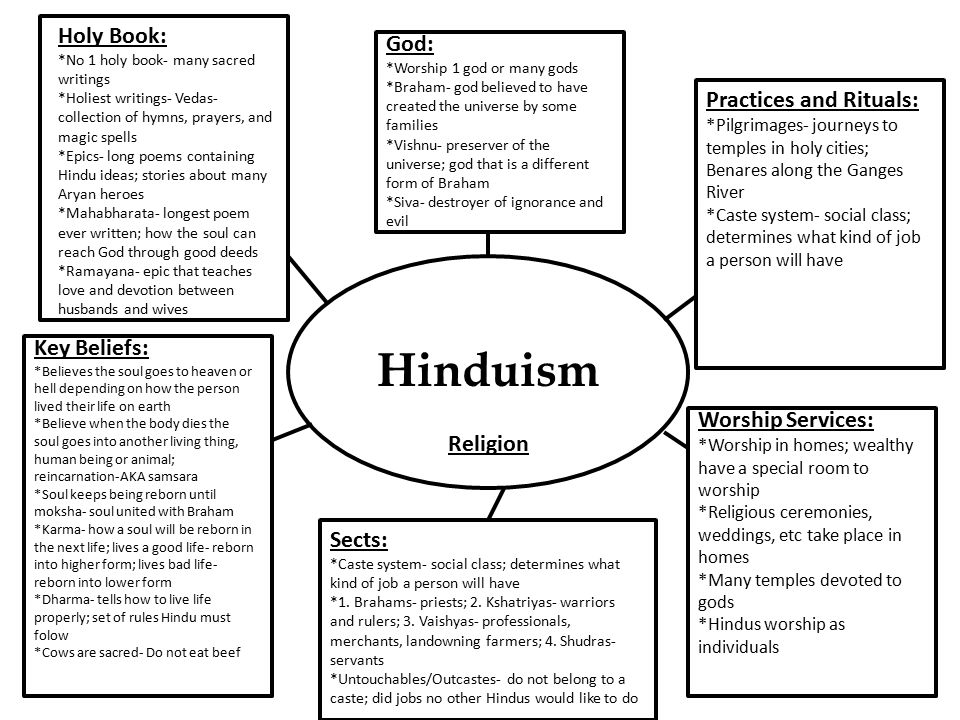
- Everlasting memories: What do you want your kids to remember when they look back upon their childhood? A childhood where they remember their mom and dad being so busy and how they were bored all the time and stayed glued to the screens? Or how they grew up having lots of fun spending time with family and learning a ton of new skills, good values, and virtues?
- Consistency: You know how we want to do so many things with kids, but are not consistent? Maybe you want to create a bedtime ritual of reading stories, but you forget or not get time for it. But when you put it out there and declare it is a ritual, your kids will look forward to it, and then you know you have to show up. It will help you to make connection time a habit.
HOW TO CREATE FAMILY RITUALS?
You can create rituals around the values you want to inculcate in children and also based on what you want to experience as a family.
As a family, what is important for you? What are your priorities? What are your non-negotiable values?
For some families, it could be religion and service and for some, it could be travel. For some others, it could be staying fit or spreading kindness. So you can create daily, weekly and monthly rituals that involve praying together, visiting elderly homes, donating to charities, weekly hiking/swimming, etc.
For some others, it could be staying fit or spreading kindness. So you can create daily, weekly and monthly rituals that involve praying together, visiting elderly homes, donating to charities, weekly hiking/swimming, etc.
If exploring new places and traveling is important for your family, you can create a ritual around visiting new places around your city every two weeks, or make camping trips a monthly ritual.
The idea is to create rituals around values and habits and make them as fun as you want it to be.
IDEAS FOR FAMILY RITUALSIn this section, you will find ideas for family rituals that you can do on a daily, weekly, monthly, or yearly basis.
IDEAS FOR DAILY FAMILY RITUALS- Morning snuggles: Take a few minutes every day to hug your kids as soon as they wake up. Kiss them and you can say, “I love you, I missed you,” etc.
- Family meals: Having meals together as a family has many benefits for all, including kids.
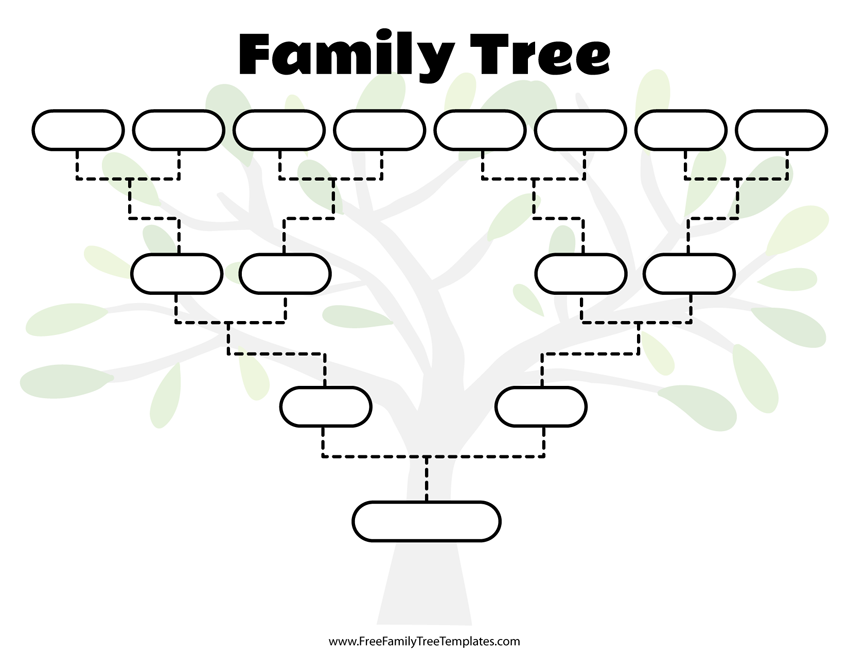 Eating at least a meal together in a day helps in creating stronger bonds as it provides more opportunities for telling stories and sharing about your day. Family meals also help kids to try out new dishes and as a result, they eat a variety of dishes. It is also an opportunity to teach kids about different foods and table manners.
Eating at least a meal together in a day helps in creating stronger bonds as it provides more opportunities for telling stories and sharing about your day. Family meals also help kids to try out new dishes and as a result, they eat a variety of dishes. It is also an opportunity to teach kids about different foods and table manners. - Family prayer: If religion is important for you, you can set time apart for praying together. It helps kids to inculcate the religious values you want them to learn and make prayer a daily habit.
- Daily gratitude: Gratitude is an important virtue everyone needs to practice irrespective of age. You can set aside time daily for asking kids about, “What are you grateful for today?”. I like to do this at night as part of our bedtime ritual.
- Storytime: The ritual of bedtime stories has many benefits including developing better language skills, better imagination, vocabulary, language development, etc.

- Family hugs: This is part of our bedtime ritual. We give each other a big long hug before sleeping and say “I love you”. Hugging helps to increase love, lower stress, improve mood, provides the feeling of safety, and make you happier.
- Outdoor time: Evenings or post-dinner hours are great to get some outdoor time as a family. You can breathe some fresh air, play outdoor games, or just do light walking.
- Workout time: The bucket list family is one of my favorite families I follow on Youtube. For them, daily exercise is an inevitable part of their lifestyle. I love how they have made a daily exercise routine for kids and how they make kids do it daily. It’s inspiring to see how it will help the kids to grow up understanding the value of exercise. such rituals also help them to make it part of their daily habits and so it will become easy for them later in life.
- Game night: Fix a day in your week for playing games as a family.
 Games can include board games, card games, or any outdoor games.
Games can include board games, card games, or any outdoor games. - Baking day/Pizza day: There is great satisfaction in cooking food from scratch. When you involve kids in cooking, they learn how each dish is made and it helps them to learn the skill. That said, I know how much patience is required while cooking with kids. But most kids love to help in the kitchen. So even though they are messy and slow, the rewards will be great in the long term. Some families like to have theme dinners every week. Like Pasta Friday, Curry Tuesday, etc. It helps meal planning easier too.
- Movie night: Have a movie night where each week the choice of mom/dad or kids are played with a snack of your choice.
- Sports: For some families, sports are an important part of their lives. If you want your kids to share your interest and stay active, weekly sports games are an excellent family ritual you can create.
- Recreation rituals: Instead of going to the same shopping mall every week, you can introduce the ritual of, “Which new place we can visit this week?”.
 And then the family can come up with ideas and decide the best option for them. You can choose activities like fishing, playing in the park, or visiting places like museums, zoos, beaches, local festivals, exhibitions, concerts, etc.
And then the family can come up with ideas and decide the best option for them. You can choose activities like fishing, playing in the park, or visiting places like museums, zoos, beaches, local festivals, exhibitions, concerts, etc. - Weekly meal planning and shopping: I don’t like to include kids in every grocery run. But my kids are as excited as going to Disney world to go to the grocery shop, so I take them when I can. But when the kids are older, they can be of great help in finding the items on your list too. This also trains them to do errands and contribute their part in running the household.
- Family meetings: This is a ritual I love to have. Whenever there is a burning family issue (sibling squabbles, chores, etc), I take note of it and conduct a meeting. In the meetings, there are no judgments, we hear everyone’s part and write down the important things everyone has to say. And then we brainstorm for solutions together and vow to put them into practice in the coming days.
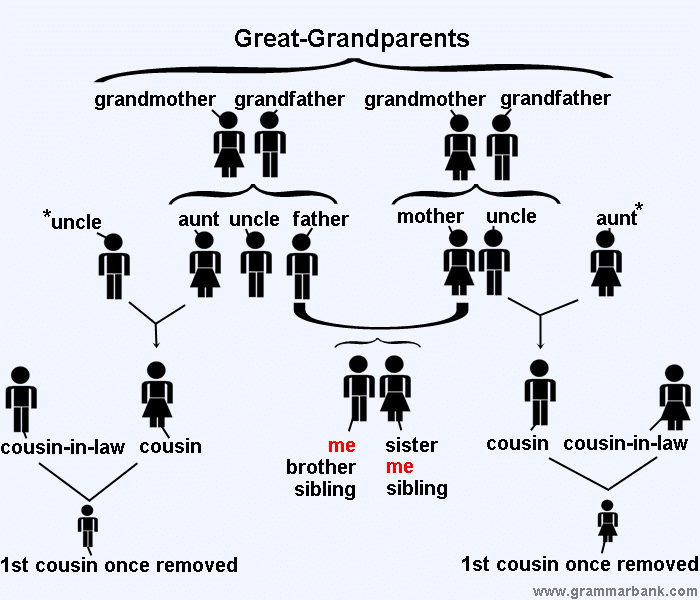 This ritual is something I highly recommend because kids should know that they have a voice and that their problems matter. And also I get to nip a problem in the bud before it escalates much because we take immediate action unitedly as a family.
This ritual is something I highly recommend because kids should know that they have a voice and that their problems matter. And also I get to nip a problem in the bud before it escalates much because we take immediate action unitedly as a family. - Visiting family: If your family lives nearby, visiting them weekly can be made a ritual. Kids love meeting their grandparents, aunts, and cousins and it is something they will look forward to and be excited about.
Related: How to get kids started on doing chores
IDEAS FOR MONTHLY FAMILY RITUALS- Mommy/Daddy dates: Families usually go out together. But a special mommy or daddy date lets us take each kid out and do their favorite activity and spend one-on-one time with him/her.
- Cleaning mission: This ritual is to develop kids’ sense of responsibility and their sense of belonging. Every month, plan a cleaning ritual in your home.
 This can include decluttering wardrobes, drawers, cupboards, and all the rooms in your house, and then washing quilts, curtains, etc. Plan it beforehand and assign duties to each child. This not only teaches responsibility to kids but also lighten your workload.
This can include decluttering wardrobes, drawers, cupboards, and all the rooms in your house, and then washing quilts, curtains, etc. Plan it beforehand and assign duties to each child. This not only teaches responsibility to kids but also lighten your workload. - Camping trips: There are places where you can go camping all year round. Camping trips teach kids to solve problems, appreciate nature, stay healthy, and increase self-confidence.
- Volunteer for a cause: Once a month, you can sign up as a volunteer for a cause. It teaches kids virtues like kindness and helps to develop a caring heart for fellow humans and living creatures.
- Write thank-you notes: Let kids write thank you notes to people for their favors, gifts, etc. They learn to express gratitude and reciprocate to kindness this way.
- Create family memory jars: Buy a glass jar and paint it (or not).
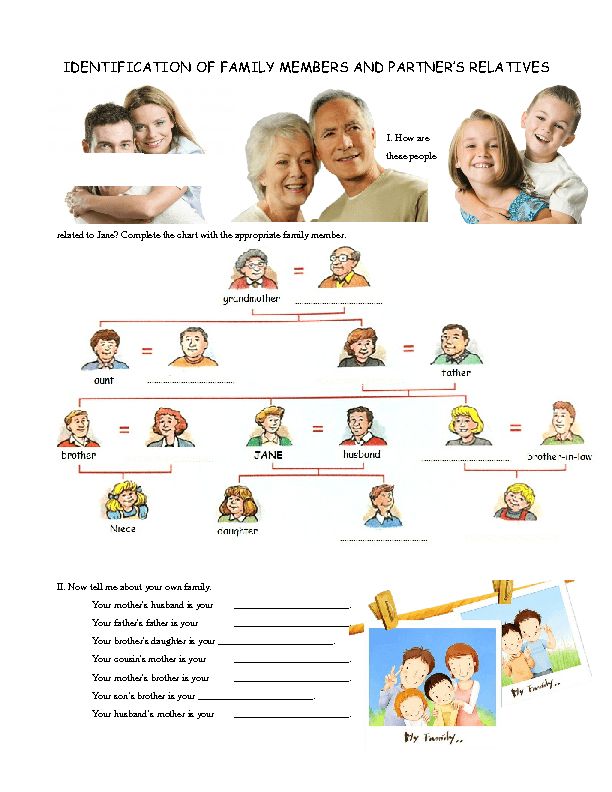 And use this as a memory jar. Whenever something memorable happens, write in a piece of paper, write the date, scroll it, and put it inside the jar. It can be color-coded according to each person. Or you can make memory jars for each person.
And use this as a memory jar. Whenever something memorable happens, write in a piece of paper, write the date, scroll it, and put it inside the jar. It can be color-coded according to each person. Or you can make memory jars for each person. - Write lunchbox love notes: For kids, it’s fun and a bit of surprise when they see a love note from parents when they are away in school. Write “I love you”, “Thank you for _______”, or anything your heart wishes to tell them and send in the little surprise. Here are some ideas for lunchbox notes.
- Create rituals around birthdays, anniversaries, and holidays.
- When celebrating birthdays, each family member can write a note or letter to the celebrant about what they like about the celebrant.
- 25 days of kindness: Starting from the first day of December, you can create a 25-day challenge leading up to Christmas. This helps to teach kids how to be kind and be of service to others. It doesn’t have to be during Christmas.
 You can also choose other holidays and birthday months.
You can also choose other holidays and birthday months. - Make your own ornaments for each holiday with kids. Pinterest is your friend here. You can also look up on Youtube.
- Use the occasion of New Year to review the past year and write down the lessons learned in everyone’s journal. This can be an occasion to reflect on the happy moments, sad ones, losses, gains, and wins. Set your family goals together and write down the things you want to do and the places you want to go as a family.
- Make homemade treats for each family member’s special occasions. It could be birthdays, milestones, or any other wins.
- Do camping in your backyard: Make a tent, bake some cookies, and make a favorite drink. Invite friends, organize games, and get some good conversations going.
- Photograph each child on the first day of their school every year. It will be fun to go through them years later and see how they have grown up over the years. Here are some creative ideas for the first-day-of-school photoshoot.

FINAL THOUGHTS
Family rituals are fun. You know how bittersweet it is to see kids growing up. The one thing we can do to make these years count is to have fun, as much as possible. Make the years count so when you look back you don’t need to feel bad about how quickly they went. At least you had fun on the way.
We parents need these rituals as much as the kids to escape the “no time for anything” reality and add more balance to life between work, family, and fun.
Now, I am curious to know about your family rituals and collect more ideas. Please comment below!
More reading:
- How to raise a grateful child instead of a complaining one
- 10 ways to connect with your kids as a busy mom
- 10 things every mom must do for her daughter
- How to build resilience in kids
- How to get started with positive parenting
Like this post? Please take a moment to PIN and SHARE!
Sharing is caring!
11 examples of family traditions: creating and strengthening family values
Family values and traditions. What are family traditions, what are they for, what are the traditions and how to create them - all this is our article.
What are family traditions, what are they for, what are the traditions and how to create them - all this is our article.
Every woman, becoming a mother, wishes only the best for her family. She strives to pay attention to her husband and children, strengthen family relationships and build a harmonious and happy family life. At the same time, she wants to do a lot. Doing Everything: How Planning Can Help Mom
How can a mother manage to devote time to her family? Family traditions and rituals help a lot in this endeavor.
Why family traditions are needed
We all come from childhood. Growing up, we transfer the traditions and rituals instilled in the parental family into our own. Some of them lose their value, and some we invent and start on our own.
Why is it so important to have traditions?
1. They help strengthen family relationships. Many may remember how pleasant and fun it is to decorate a Christmas tree for the New Year. General pre-holiday mood, feeling of joy, expectation of a miracle. The smell of pine needles and cheerful lights on the ceiling. Family unity during preparations for the meeting of the main holiday of the year.
General pre-holiday mood, feeling of joy, expectation of a miracle. The smell of pine needles and cheerful lights on the ceiling. Family unity during preparations for the meeting of the main holiday of the year.
2. Keep in touch with history, continuity of generations. Some families still have a tradition of naming children after relatives, such as grandparents. The creation of dynasties of certain professions (doctors, artists, military men, teachers, etc.) can also be attributed to family tradition.
3. Create common interests for all family members. Indicative in this case is the tradition of making greeting cards with your own hands. A surprise card is prepared with the children for each family member for a birthday or some other holiday. In the process of its creation, warm and strong relationships are formed between parents and children. DIY gifts - 10 ways to engage with children
It is very important to instill family customs in your children. They give a sense of stability and confidence in the future. They help to instill certain norms and rules, discipline and allow the transfer of cultural heritage.
They give a sense of stability and confidence in the future. They help to instill certain norms and rules, discipline and allow the transfer of cultural heritage.
What are the traditions
Conventionally, all traditions can be divided according to the time they are held: daily, periodic (weekly, monthly) and annual.
- Lovely daily rituals of meeting and parting. Create tender relationships and are the key to a good day and good night.
- It is more pleasant to start the morning of a new day with the words “Good morning!” or “How did you sleep?”, instead of a dull “Hi” under your breath. At the same time, hug and kiss each family member. Do it not automatically, but sincerely and from the heart.
- In the evening, before going to bed, be sure to tell a fairy tale or read a book to children. Wish you good night and sweet dreams.
- Nothing strengthens relationships like family breakfasts or dinners.
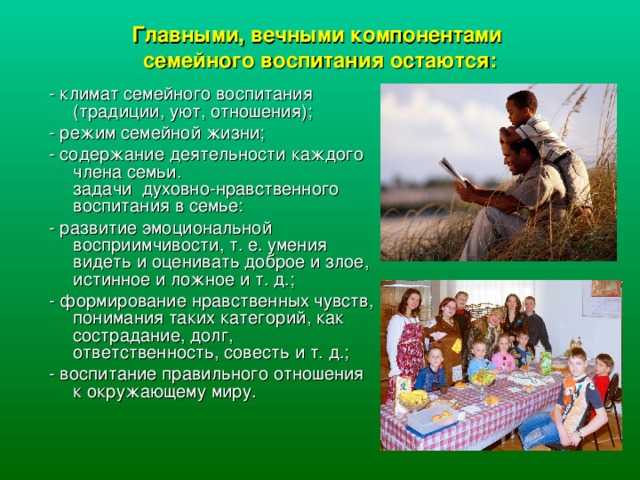 The whole family should sit at the same table at least once a day. At this time, you can share plans for the upcoming day or discuss the outgoing one.
The whole family should sit at the same table at least once a day. At this time, you can share plans for the upcoming day or discuss the outgoing one. - Just get together once a week with the whole family . To exchange impressions, discuss the events of the past week or watch a movie together. No matter where, on the sofa in the living room or at the dinner table, the main thing is together.
- Cook once a week with the whole family . Let it be a family pizza, dumplings or salad. Such a tradition not only strengthens relationships and instills useful skills in children, but also saves mom time and energy. Like in a restaurant: why you need to make a menu
- Keep a diary of child development from birth . Write down interesting words and statements of the child there. Or make notes about his growth once a month in a certain place in the apartment.
- It's a good tradition to arrange mini-holidays at the end of school terms or on September 1st.
 Go to the cinema, museum or exhibition with your children.
Go to the cinema, museum or exhibition with your children. - Organize a family photo session once every six months or a year. You can professional or amateur (as finances allow). Preparing for it will probably take some time, but then it will be nice to consider the results of our joint work.
- Take a vacation once a year in some special way . Or bring a fridge magnet from each trip, thereby replenishing your collection of visited countries and cities. How to organize a move with children: a step-by-step guide for mom
- Celebrate birthdays and other memorable events with the whole family. In some families there is a tradition for each child's birthday to raise the birthday boy on a small chair as many times as the child is old. Or arrange mini-quests with the search for a gift. The child is invited to walk around the apartment according to the notes with riddles. During such a game, the child interacts with parents and eventually finds a long-awaited gift.
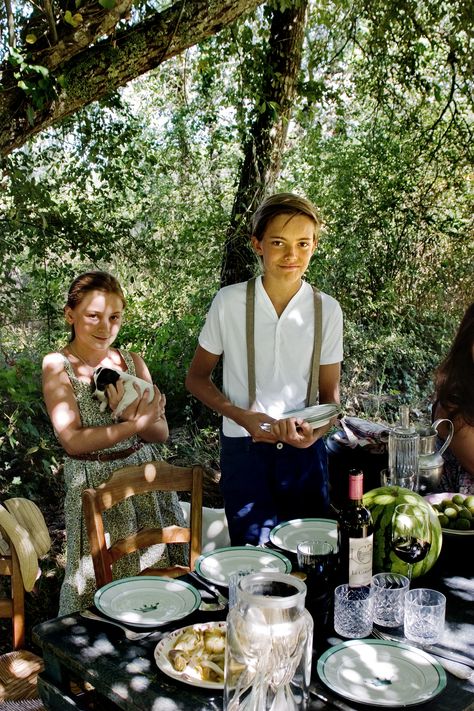
In addition, traditions can be associated with the seasons of the year .
So, in autumn you can go to the park to rustle fallen leaves. In winter, make "snow angels" on freshly fallen snow. In the spring, take pictures with flowering trees, and then compare photos from different years. Well, in the summer, after the rain, measure the depth of the puddles in rubber boots or just walk through the puddles together.
How to spend time with your family
If you can't find time for your family in the hustle and bustle of everyday life, or if the question arises more and more often how can a mother manage to love everyone, then you should think about creating a mandatory weekly ritual in which all family members can take part.
Do not invent overly complicated traditions. The main thing to remember when creating them is the regularity of holding, joint preparation, the interests of all family members should be taken into account.
A good example of a family tradition at the weekend is a walk in the park with the whole family. You can take bicycles, roller skates, scooters with you. Or just wander around together. And after a walk, stop by for lunch in a cafe or have a picnic on the grass. In the name of love: how can mom find time for her husband
In case of bad weather, you can stay at home and play some exciting board game with the whole family.
Planning skills will help in the formation of traditions.
 And all that remains is to put the plan into action.
And all that remains is to put the plan into action. As you can see, creating traditions is not difficult at all . As a result, leisure time spent together will build understanding within the family. It will help you find answers to questions about how mom can devote time to her family and have time to love everyone. You will no longer have the problem of “I can’t find time for my family”. It will give stability and lay a good start for the future of children. Zen Mom: Practicing Mindfulness
Strong family relationships - isn't this what every mother dreams of?
Some more interesting family tradition ideas can be found in this video:
Dear readers, what traditions does your family have? Did you encounter any difficulties in implementing them? Tell us about it in the comments.
Alina Nafikova Certified psychologist Ask a question
Family rituals - Psychologos
Family rituals are the unwritten laws of the family, reproduced by force of habit and belief.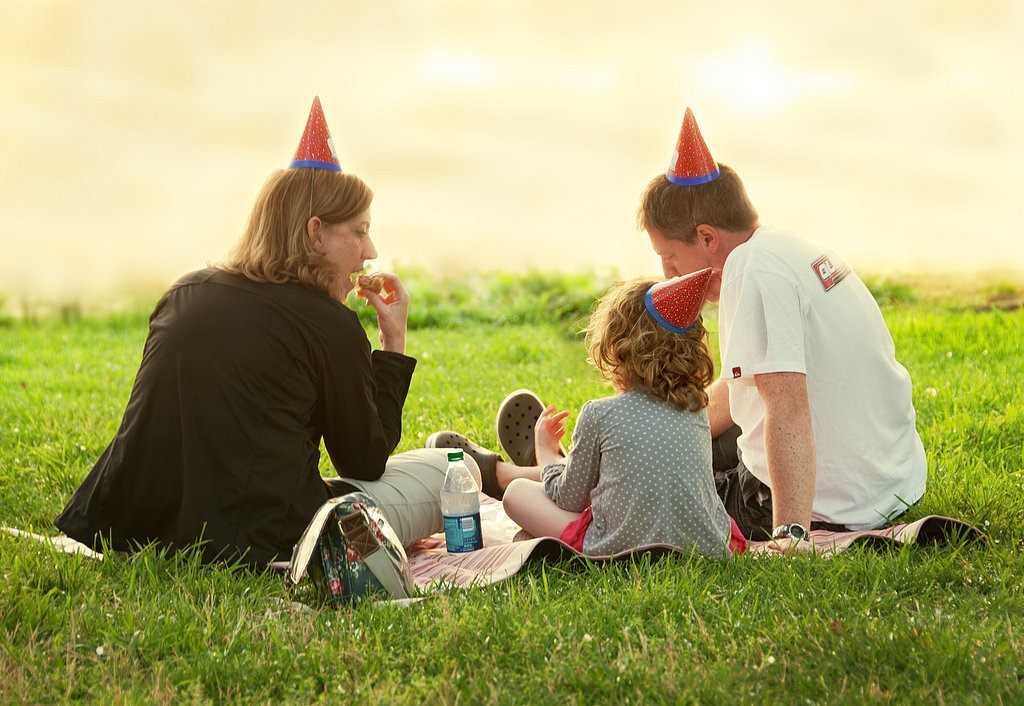 that's right. Every family has its own rituals - these are the little things that are always done and about which no one is discussing whether it should be done or not. This refers to such trifles as greetings and goodbyes, taking off shoes when entering an apartment, washing hands before eating, brushing teeth, buckling in a car, etc.
that's right. Every family has its own rituals - these are the little things that are always done and about which no one is discussing whether it should be done or not. This refers to such trifles as greetings and goodbyes, taking off shoes when entering an apartment, washing hands before eating, brushing teeth, buckling in a car, etc.
Family rituals are observed only if all family members perform them. For example, you can teach your son to sit on the toilet only if the father does. Or “every morning will start with a healthy breakfast” - will not become a ritual if you yourself walk around in the morning with a cup of coffee and a cigarette in your mouth.
Good and bad family rituals
Not all rituals are good. Many repeat after their parents: “Get your elbows off the table!” “They don’t talk over food!” "Children should be silent when adults are talking." Even beating a child who has been at fault was a ritual in many families.
Only those rituals are good that help community and mutual support.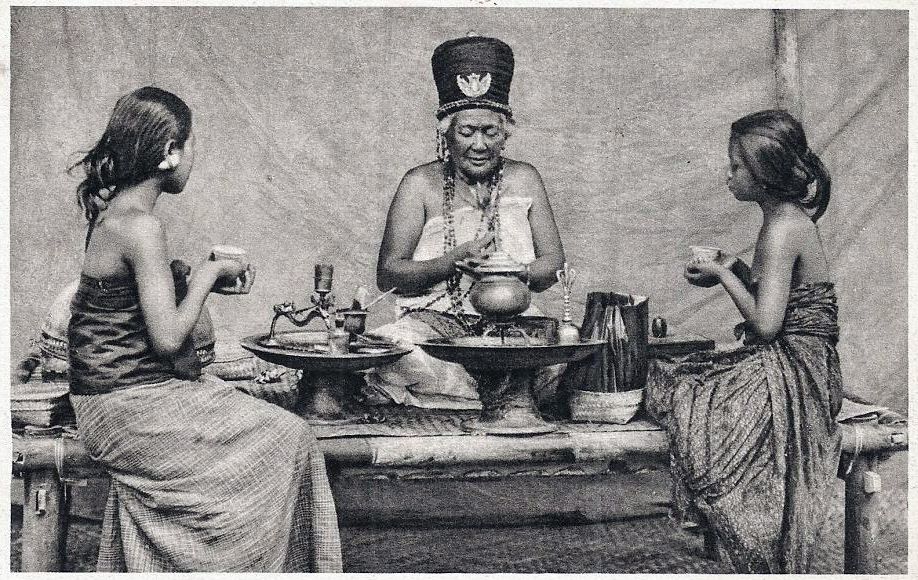 Examples of good rituals:
Examples of good rituals:
- Good morning - and a kiss!
- Common meal. If possible, it is very good to gather at a common table once a day - both for eating and talking! If everyone makes their own sandwich, lunch is microwaved individually, and dinner is in front of the TV, the community is lost.
- Family evening ritual. It's great when a family has such a regular evening ritual: always at the same time, always the same way. It ends with a common game or a fairy tale, the child can rely on a good end of the day and rejoice, anticipating it See →
- Family obligations of the child. Small duties, feasible for a child, can also be a ritual. Making the bed, unloading dishes from the dishwasher. It is best that this be a permanent task at the same time.
- Time for a child only
Rituals: why does a child need them?
Author of the article Anna Ponomarenko
Preschool children are very fond of rituals. It is important for them to know what, when and in what sequence will happen, see →. First I watch Good Night, Kids, then I go swimming, then I put on my pajamas, my mother brings me milk, I hug the bear, my mother covers me and kisses me. Everything is fine, everything is as always, you can sleep. But if suddenly the bear hits somewhere or mom is talking on the phone and still doesn’t go to kiss - the guard. The child cannot fall asleep, spins, cries, toils. These are not whims - he is really ill. Smart parents know that it is useless to shame and exhort - it's easier to turn on the light, declare a family emergency and find the bear.
First I watch Good Night, Kids, then I go swimming, then I put on my pajamas, my mother brings me milk, I hug the bear, my mother covers me and kisses me. Everything is fine, everything is as always, you can sleep. But if suddenly the bear hits somewhere or mom is talking on the phone and still doesn’t go to kiss - the guard. The child cannot fall asleep, spins, cries, toils. These are not whims - he is really ill. Smart parents know that it is useless to shame and exhort - it's easier to turn on the light, declare a family emergency and find the bear.
It should be noted that ritual behavior in older children and adults can be a cause for concern (see →), while in preschool age it is completely normal.
Here are examples of such rituals in children:
- drink (or eat) only from your favorite cup (from your favorite plate)
- the child refuses to throw away old shoes that are already too small for him, even if you bought him new ones
- desire to listen to the same story many times
- desire to watch the same cartoon many times
The rituals of meeting and parting are especially important. This will come in handy when the baby goes to kindergarten or school. A special kiss or handshake, high five (greeting with hands or fists), tickling, winking, etc. In unfamiliar situations, rituals help overcome stress. If your daughter or son loves to read books at night, be sure to grab a book when you fly to another country by plane or spend the night in a hotel or at a party.
This will come in handy when the baby goes to kindergarten or school. A special kiss or handshake, high five (greeting with hands or fists), tickling, winking, etc. In unfamiliar situations, rituals help overcome stress. If your daughter or son loves to read books at night, be sure to grab a book when you fly to another country by plane or spend the night in a hotel or at a party.
Rituals help family members feel like family. Every family, no matter what it is - extended or nuclear, ordinary or large, or even Swedish - has its own "jokes", customs, traditions. Rituals strengthen family values, unite the family, especially in unstable times.
Video from Yana Shchastya: interview with professor of psychology N.I. Kozlov
Topics of conversation: What kind of woman do you need to be in order to successfully marry? How many times do men get married? Why are there so few normal men? Childfree. Parenting. What is love? A story that couldn't be better. Paying for the opportunity to be close to a beautiful woman.


